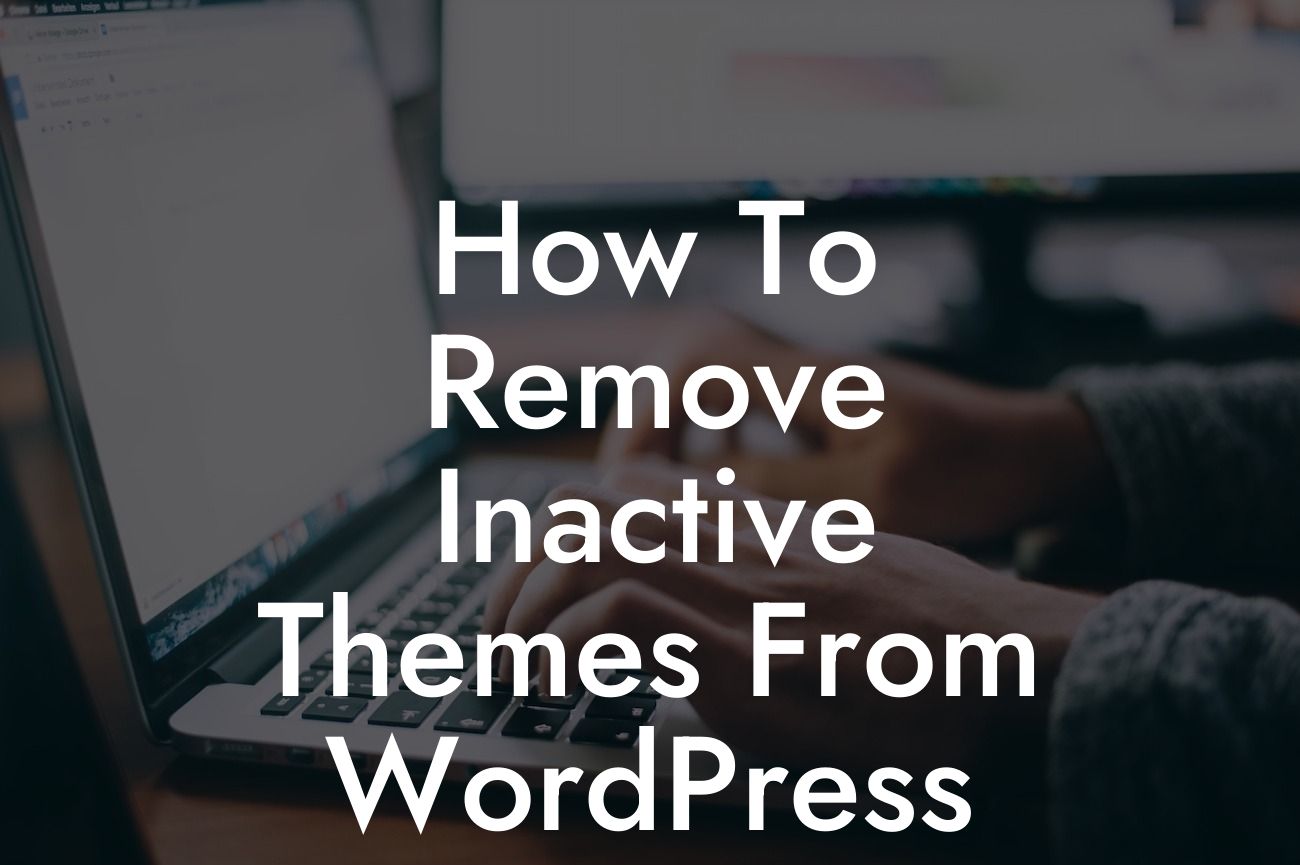Themes are an essential part of any WordPress website. They define the overall look and feel, helping you create a unique online presence for your small business or entrepreneurial venture. However, over time, you may accumulate unused or inactive themes, resulting in unnecessary clutter and potentially affecting your site's performance. In this article, we will guide you through the process of removing inactive themes from WordPress, empowering you to optimize your website's speed and efficiency.
Removing inactive themes not only declutters your WordPress site but also improves its performance. Follow these simple steps to tidy up your website:
1. Accessing your WordPress dashboard:
- Log in to your WordPress admin area by appending "/wp-admin" to your website's URL.
- Enter your login credentials and click "Log In."
Looking For a Custom QuickBook Integration?
2. Navigating to the themes page:
- Once logged in, locate the "Appearance" option on the left-hand side of the dashboard.
- Hover over "Appearance" and select "Themes" from the submenu that appears.
3. Identifying inactive themes:
- On the themes page, you will see a list of all the themes installed on your WordPress site.
- Look for the themes marked as "Inactive" or those you no longer use.
4. Deleting inactive themes:
- To remove an inactive theme, hover over its thumbnail and click on the "Theme Details" button.
- In the bottom-right corner of the popup, click on the "Delete" button.
- A confirmation message will appear. Click "OK" to permanently delete the theme from your WordPress installation.
How To Remove Inactive Themes From Wordpress Example:
For instance, imagine you initially experimented with a few themes before finding the perfect one for your website. However, you never got around to deleting the unused themes. These inactive themes take up valuable server space and potentially slow down your site. By following the steps mentioned above, you can easily remove these redundant themes and enhance your website's overall performance.
Congratulations! You have successfully learned how to remove inactive themes from WordPress. By minimizing clutter and optimizing your website's performance, you are one step closer to creating an exceptional online presence. Remember to explore other valuable guides on DamnWoo and take advantage of our powerful WordPress plugins to elevate your small business or entrepreneurial success. Don't forget to share this article with others who might find it helpful!













